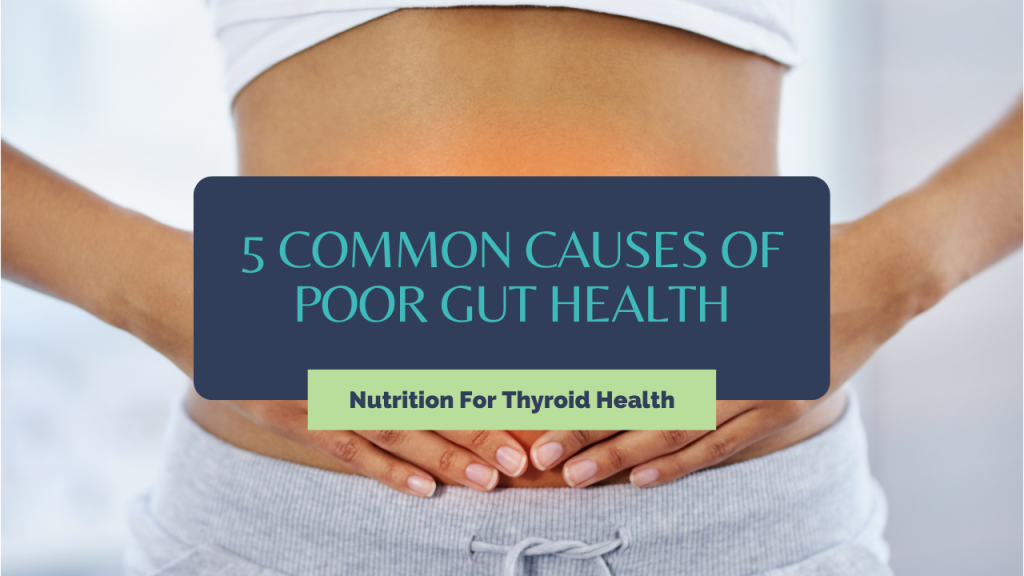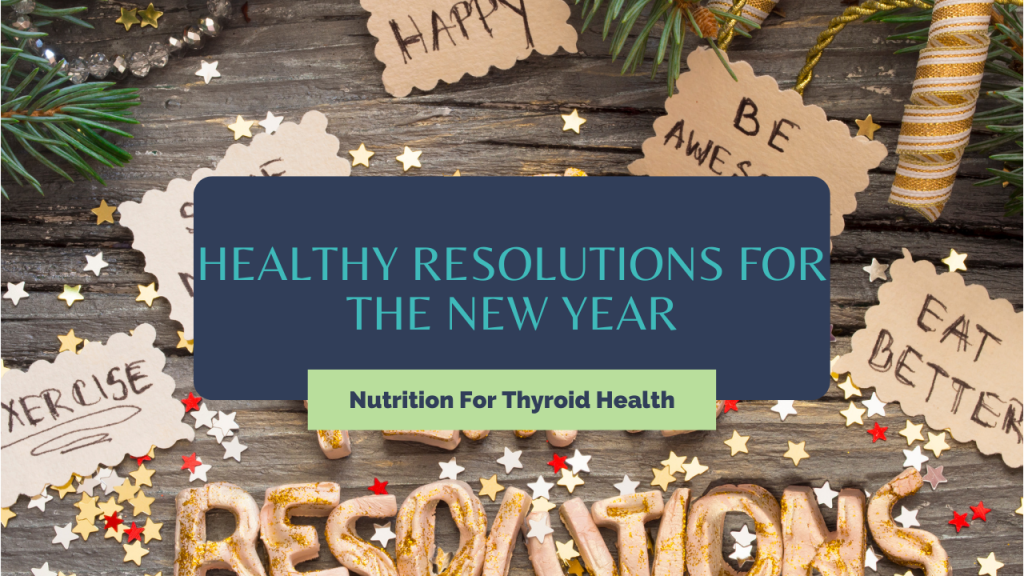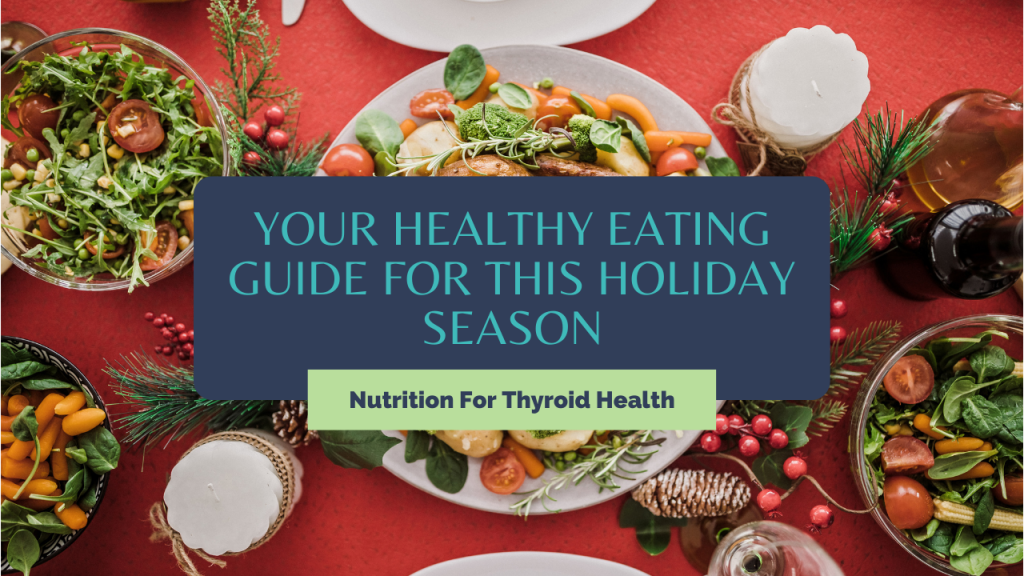The Possible Connection Between Your Thyroid and Migraines
Migraines and thyroid dysfunction are both common medical conditions that many people suffer from. Migraine headaches cause intense, throbbing pain often accompanied by nausea, vomiting, and sensitivity to light and sound. Thyroid dysfunction is a condition where the body produces too much or too little of the hormone thyroxine. Both conditions can significantly reduce quality of life if left untreated, making it important to understand any potential connections between them.
In this post I will discuss the possible connection between suffering from migraines and having thyroid issues. We will also look at some of the main causes of migraine headaches and what might lead to thyroid dysfunction in order to help better inform individuals who may be struggling with either or both conditions.
Is there a connection between Migraines and Thyroid Dysfunction?
Research suggests that there may be a link between migraine headaches and thyroid dysfunction. Studies have found that people with thyroid disease are at an increased risk of developing migraines, due to the fact that abnormal levels of thyroxine can lead to changes in serotonin levels which can trigger headaches. It is not definitively known if low or high thyroid hormones are more likely to affect migraine frequency, as both have been associated with migraine occurrence.
What are the main causes of Migraine Headaches?
The exact cause of migraine headaches is unknown; however, they tend to run in families and certain factors may increase your likelihood of experiencing them such as hormones, stress, certain foods or drinks, and environmental changes. Hormonal changes are a common trigger for migraines in women due to the fluctuations of estrogen during menstruation, pregnancy and menopause. Stress can also be a major factor in triggering migraines, as well as certain foods like aged cheeses, processed meats, and alcohol.
What are the causes of Thyroid Dysfunction?
The underlying cause of thyroid dysfunction is not always easy to determine. It’s most commonly caused by an autoimmune disorder called Hashimoto’s disease which leads to the body attacking its own tissues and producing antibodies against them. Other causes can include iodine deficiency in the diet, a family history of thyroid dysfunction or certain medications.
Migraines and thyroid dysfunction are both complex medical conditions that can lead to significant impairment of quality of life. It is important to be aware of the possible connection between them, as well as the causes and triggers associated with each in order to better manage symptoms. If you think you may be suffering from either condition it is best to seek medical advice so that an appropriate diagnosis and treatment plan can be established.
Need a Health Reset?
Get ready to regain your vitality and feel like yourself again!
This monthly membership will take you through the core symptoms that needs to be addressed when you are looking to optimize your health. You will learn the importance of self-care strategies, overcome emotional eating, and take a deep dive into what you need to do for YOUR body to regain your vitality and feel like yourself again.
Let’s Connect!
Say goodbye to fatigue and hello to a full and vibrant life! Join me over in my Facebook group where we are talking all about how to take back control of your health!
Be sure to follow me on my Facebook, TikTok, Instagram and Pinterest for tips and tricks on how to use nutrition to live your very best life!
The Possible Connection Between Your Thyroid and Migraines Read More »





